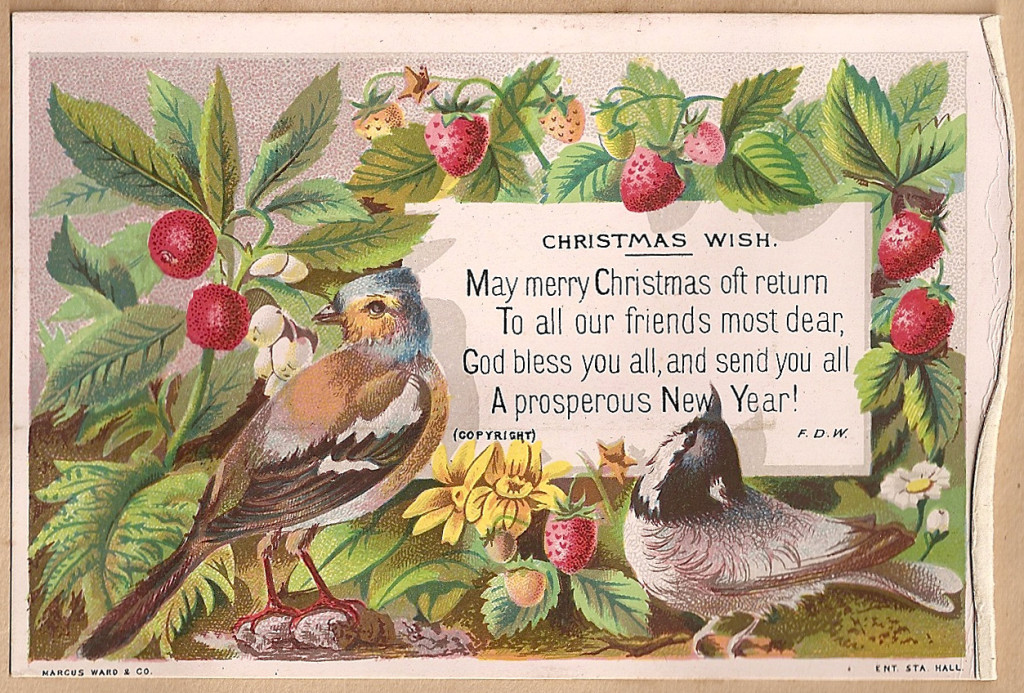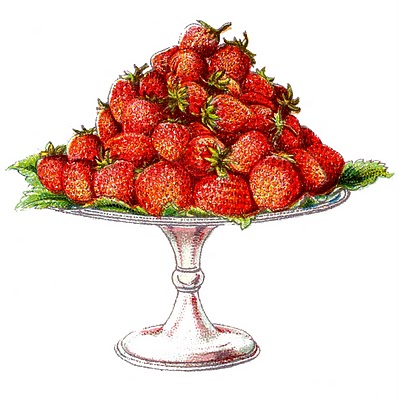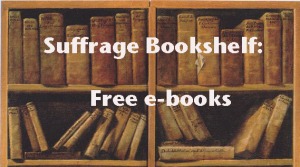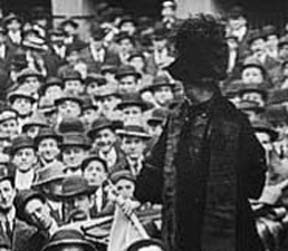2015 is the 200th birthday of Elizabeth Cady Stanton. Here’s what she had to say about Christmas in 1823. Two large and diverse events in New York City and Seneca Falls, NY in November 2015 brought many people together to remember that the women’s rights movement in the United States was long and uphill. This holiday message adds to the year’s birthday observance.
Note that Peter, referred to in this piece, is key to this holiday story. In service to the family, Peter appears to have been in charge of inspiring the holiday spirit, assisting in the preparation of the holiday meal and telling stories. Stanton notes that he sat in a separate section at the church in the Finger Lakes region of New York State and his presence caused static. Check out this story. It’s a personal account of the life experiences of a very complex and controversial activist. Johnstown, NY, the childhood home of Mrs. Stanton, has an active program year round of programs featuring Mrs. Stanton and women’s history.
The winter gala days are associated in my memory with hanging up stockings, and with turkeys, mince pies, sweet cider, and sleigh rides by moonlight. My earliest recollections of those happy days, when schools were closed, books laid aside, and unusual iberties allowed, center in that large cellar kitchen to which I have already referred. There we spent many winter evenings in uninterrupted enjoyment.
A large fireplace with huge logs shed warmth and cheerfulness around. In one corner sat Peter sawing his fiddle, while our youthful neighbors danced with us and played blindman’s buff almost every evening during the vacation. The most interesting character in this game was the black boy called Jacob, Peters lieutenant, who made things lively for us by always keeping one eye open — a wise precaution to guard himself from danger, and to keep us on the jump. Hickory nuts, sweet cider, and olie-koeks (a Dutch name for a fried cake with raisins inside) were our refreshments when there came a lull in the fun.
As St. Nicholas was supposed to come down the chimney, our stockings were pinned on a broomstick, laid across two chairs in front of the fireplace. We retired on Christmas Eve with the most pleasing anticipations of what would be in our stockings next morning. The thermometer in that latitude was often twenty degrees below zero, yet, bright and early we would run downstairs in our bare feet over the cold floors to carry stockings and broom to the nursery.
STOCKING STUFFINGS BACK IN 1823
The gorgeous presents that St. Nicholas now distributes show that he, too, has been growing up with the country. The boys and girls of today will laugh when they hear of the contents of our stockings in 1823. There was a little paper of candy, one of raisins, another of nuts, a red apple, an olie-koek, and a bright silver quarter of a dollar in the toe. If a child had been guilty of any erratic performance during the year, which was often my case, a long stick would protrude from the stocking; if particularly good, an illustrated catechism or the New Testament would appear, showing that the St. Nicholas of that time held decided views on discipline and ethics.
During the day we would take a drive over the snow-clad hills and valleys in a long red lumber sleigh. All the children it could hold made the forest echo with their songs and laughter. The sleigh bells, and Peter’s fine tenor voice, added to the chorus, seemed to chant, as we passed, “Merry Christmas!” to the farmers’ children and to all we met on the highway. Returning home, we were allowed, as a great Christmas treat, to watch all the preparations for dinner.
Attired in a white apron and turban, Peter assisted the cook. Holding in his hand a tin candlestick the size of a dinner plate, containing a lighted tallow candle, with a stately step he marched into the spacious cellar, with Jacob and three little girls dressed in red flannel at his heels. As the farmers paid the interest on their mortgages in barrels of pork, head-cheese, poultry, eggs, and cider, the cellars were well crowded for the winter, making the master of an establishment quite indifferent to all questions offinance. Laden with vegetables, butter, eggs, and a huge turkey, Peter and his followers returned to the kitchen. There, seated on a big ironing table, we watched the dressing and roasting of the bird in a tin oven in front of the fire. Jacob peeled the vegetables, we all sang, and Peter told us marvelous stories.
 A BLACK AND WHITE CHRISTMAS IN UPSTATE NEW YORK
A BLACK AND WHITE CHRISTMAS IN UPSTATE NEW YORK
Peter was a devout Episcopalian, and took great pleasure in helping the young people decorate the old stone church, built by Sir William Johnson, and which stood just opposite our house. He would take us with him and show us how to make evergreen wreaths. Like Mary’s lamb, where’er he went we were sure to go. His love for us was unbounded, and fully returned. He was the only being, visible or invisible, of whom we had no fear. We would go to divine service with Peter Christmas morning and sit with him by the door, in what was called “the negro pew.”
He was the only colored member of the church, and, after all the other communicants had taken the sacrament, he went to the altar. Dressed in a new suit of blue with gilt buttons, he looked like a prince, as, with head erect, he walked up the aisle, the grandest specimen of manhood in the whole congregation; and yet so strong was prejudice against color in 1823 that no one would kneel beside him. On leaving us on one of these occasions, no sooner had he started than the youngest of us, Kate, slowly followed after him and seated herself close on the altar steps beside him. As he came back, holding the child by the hand, what a lesson it must have been to that prejudiced congregation!
 From: ELIZABETH CADY STANTON: As Revealed in Her Letters, Diary and Reminiscences. Edited by Theodore Stanton and Harriot Stanton Blatch. Free ebook is available online.
From: ELIZABETH CADY STANTON: As Revealed in Her Letters, Diary and Reminiscences. Edited by Theodore Stanton and Harriot Stanton Blatch. Free ebook is available online.
Follow Suffrage Wagon News Channel on Facebook and Twitter. Quarterly newsletters just by signing up. Suffrage Wagon News Channel has 200+ videos on Vimeo. In your free time, meet friends at the Suffrage Wagon Cafe. Your host: Marguerite Kearns.
SuffrageCentennials.com for trends, news and views about upcoming suffrage centennials.



0 Comments